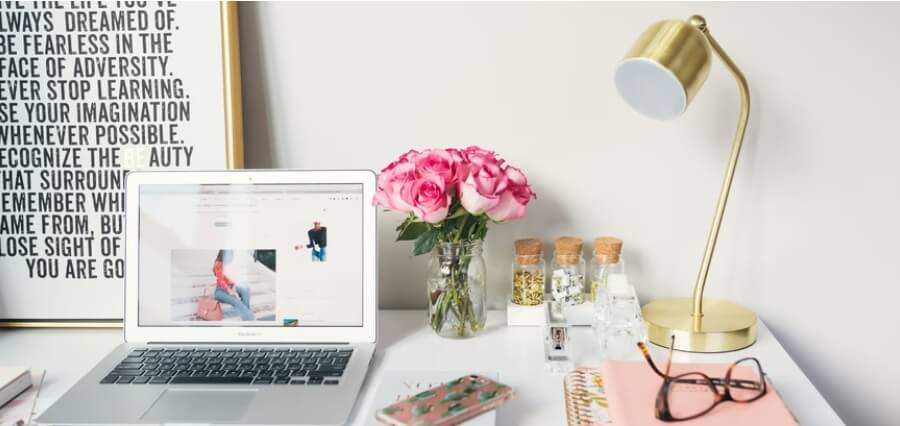Social media networks, such as Facebook, Instagram, Pinterest, and more, have become essential tools for digital marketing. Now, most businesses, big or small, use the constantly evolving user behaviors and content formats to experiment with graphic design and create exciting ways to connect with their target audiences.
However, social media platforms, being fiercely competitive, can also be challenging. Every business, brand, and influencer is always trying to get their content loved, liked, engaged, and shared. Moreover, each platform has different structures, and they update quickly. That’s why it’s pretty easy to make a graphic design mistake that can annoy your target users and dampen engagement.
What are these design missteps that marketers should steer clear away from? What design errors do users tend to notice the most? Here are the six (6) major design mistakes brands, businesses, and influencers alike should avoid on social media.
Using Incorrect Sizes and Resolutions
Design elements such as avatars, headers, profile pictures, etc., are integral to every social media platform. That’s why it’s vital to know the correct sizes and size guidelines for each social network.
Every platform has a varying resolution requirement for images and graphics. Using the wrong sizes and resolutions is a huge mistake since they display poorly, and audiences can quickly notice them.
This problem has an easy solution. Find out the size rules, ideal sizes, and resolution requirements for each social media network by doing some research. Then, double-check that your design pieces adhere to the stated specifications.
Not Accounting Small Mobile Screens
The majority of social media users access the platforms using mobile devices. In July 2021, 98.5% of Facebook users used mobile phones, while 1.5% used laptops or computers. Also, mobile-first platforms such as Instagram have close to 100% of users using a tablet or smartphone.
Many brands create images and graphics that look great on big screens such as laptops and computers, but they don’t look or scale down well on mobile devices. That’s why it’s vital that the design should be clean, clear, uncluttered, and optimized for small screens.
Creating Designs with No Visual Hierarchy
Visual hierarchy refers to the placement of elements or texts in a graphic design. This is used to showcase the importance and guide the viewers where to read first, second, etc. Visual hierarchy is among the critical pillars of a good design.
You can achieve a great visual hierarchy by using different text sizes and fonts. However, remember not to overdo it. The most prominent text should be the most crucial information, then the second-biggest text should be the next important point, and so on. Remember, never hide away vital information in small text or contrasting colors.
Utilizing Too Many Fonts
Apart from using too many font sizes, don’t utilize too many fonts in your graphic design. Having too many contrasting fonts can create visual clutter, which can lead to audiences disengaging. Readability and clarity are necessary for improving reach and engagement on every social media.
Stick to using three (3) clear and easy-to-read fonts or less. Additionally, avoid writing too much text since you can always put them in captions or comments. Attract your target audiences with visuals instead.
Choosing the Wrong Colors
Colors convey particular meanings, and they can also impact our emotions. It’s called color psychology. For instance, red signifies romance and boldness, yellow is for warmth and clarity, brown depicts earthy and organic, green means nature, and blue is peaceful and trustworthy. Various sites, such as CreditNinja, use these colors to connect with their users.
The colors you choose should reflect your brand and evoke the right feelings. However, you should be aware of how the colors appear on the screen. You also need to pay attention to the color of your text. Ensure that it doesn’t pose any contrast problems with the background. Otherwise, it becomes tough to read the texts.
Over-Relying on Generic Stock Images
Stock photos are ideal for adding royalty-free images to an article or blog post to compliment or better explain what’s being discussed. They can also be used by designers and marketers alike to lessen turnaround times in content production. Many other firms and enterprises, on the other hand, use stock photographs for aesthetics, resulting in a slew of similar postings.
Nowadays, genuine and authentic content is the key to success in social media. Develop your illustrations and imagery to ensure that your content is unique and stands out on any social media platform. However, if there’s a limited time, marketers and designers can utilize stock imagery by adding filters or overlays and making unconventional choices.
Using stock photos that don’t have a personal connection to your brand or business is now outdated. They can only make the post look generic and repetitive instead of attractive. Even though stock photos are convenient, marketers should avoid heavily relying on them.
The Bottom Line
Continuously making these design mistakes can make your social media feed go unnoticed and unproductive instead of generating sales. Remember, a great graphic design on social media ultimately comes down to having both the big and small things right.


